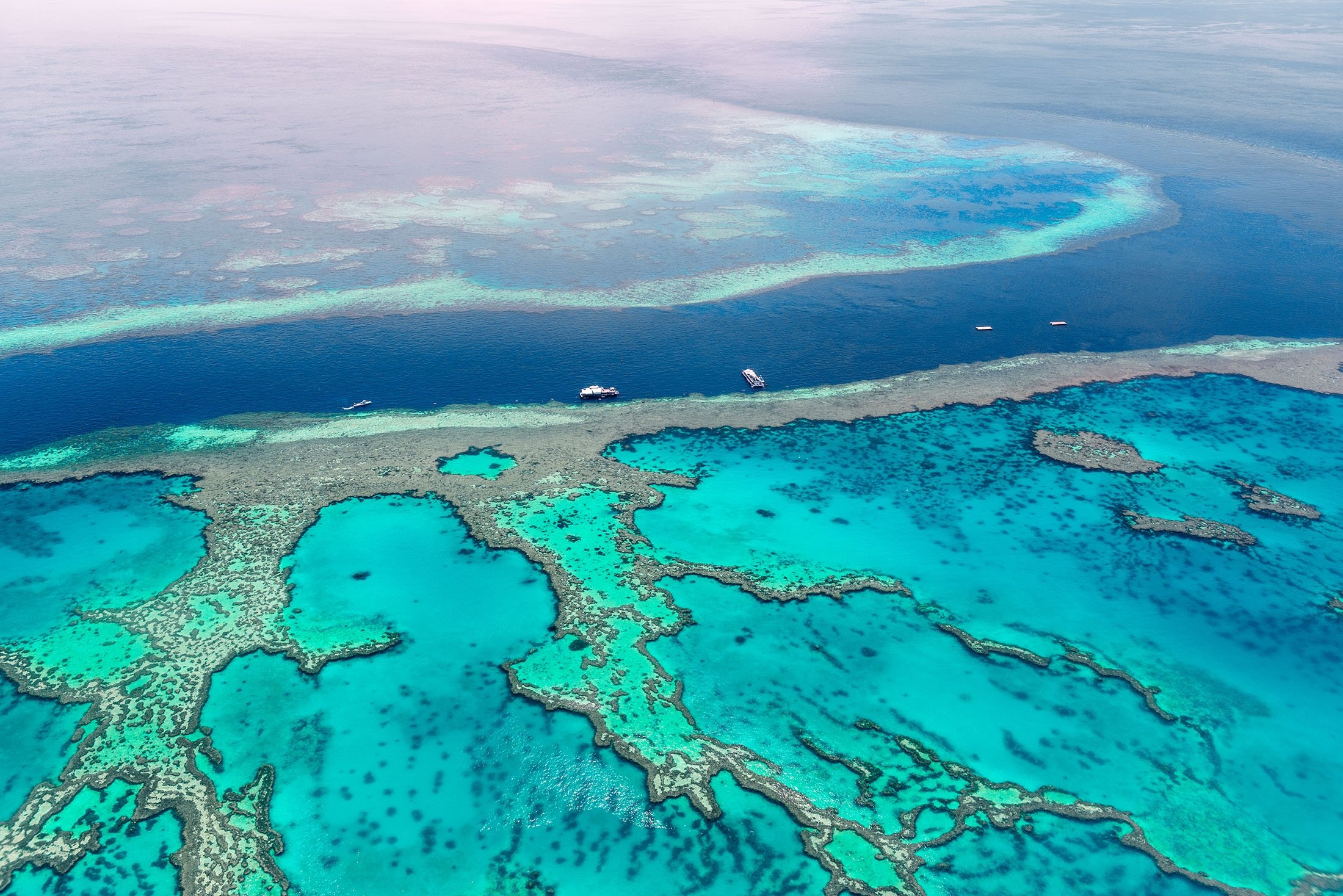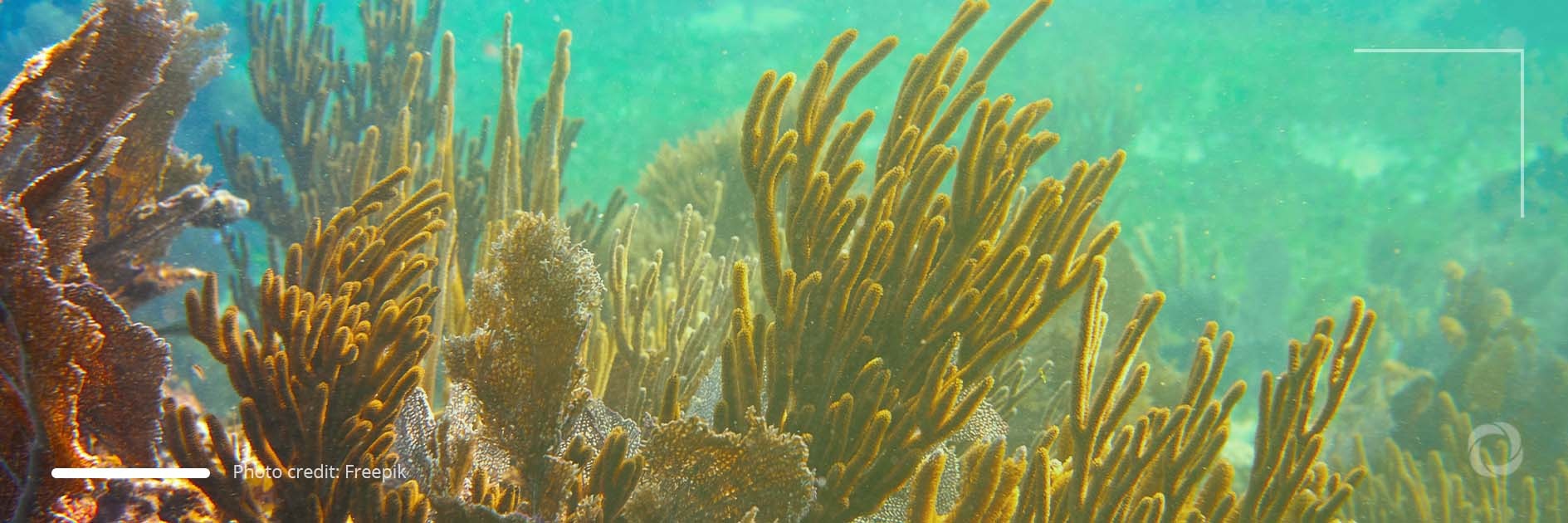The Australian government is planning to channel an additional AUS$1 billion to save the Great Barrier Reef, the world’s most extensive coral reef ecosystem full of fish and molluscs. This move is seen as a step being taken to avoid having the reef put on UNESCO’s in-danger list.
The decision to allocate AUS$1 billion came shortly after the government offered AUS$2 billion to different agencies that deal with the protection of the reef. This was the largest amount ever spent to save the reef whose condition has become so poor that it has caused UNESCO (United Nations Educational, Scientific and Cultural Organization) to consider putting the reef on the World Heritage in-danger list of protected areas. The government has managed to persuade UNESCO to delay this decision until 2023 although this is the second deferment, the first one having been in 2015.
Why does the Great Barrier Reef need rescuing?
The Great Barrier Reef is home to 400 types of coral, 1,500 species of fish, and 4,000 types of molluscs. It includes 2,500 individual reefs and over 900 islands. According to a study published in 2020 in the journal, Proceedings of the Royal Society B, from 1995 to 2017 the reef lost over half of its corals due to higher temperatures caused by global warming. The steepest fall took place between 2016 and 2017 which greatly affected marine wildlife.
“We used to think the Great Barrier Reef was protected by its sheer size – but our results show that even the world’s largest and relatively well-protected reef system is increasingly compromised and in decline,” said Professor Hughes, one of the authors of the study.
However, since 2019 the reef has witnessed an unexpected recovery with a large part of the hard coral cover having increased. This has been due to the blooming of the fastest-growing corals which are also the most fragile, hence the recovery is vulnerable, experts caution.

The reef recovery
The UN has warned that if the global temperature reaches 1.5 C, 90% of all the world’s corals will disappear. Alarmed by the condition of the Australian reef, the World Heritage Committee of UNESCO wanted to classify it as “in danger” but the Australian government negotiated to postpone this decision.
Although the authorities are now trying to recover the underwater system and pumping money into that, Tiffany H. Morrison, a political geographer specializing in marine interventions at James Cook University in Townsville, Australia, is convinced that listing the reef as “in danger” would have done more good than harm.
In the article she published in the scientific journal, Nature, she argues that Belize’s Barrier Reef, the world’s second-largest after that in Australia, was listed as “in danger” in 2009 which allowed for the provision of financial and technical support from the World Heritage Fund in order to help it to recover. Those resources enabled mangroves to be restored which in 2018 has reached the same level as in 1996. While Belize is still restoring its coral reef, it has been removed from the list as its condition has significantly improved.
However, the Australian government has taken a different approach and prefers to rely on its own resources. Thus, over half of the latest funding of AUS$1 billion (US$579.9 million) will be channeled towards reducing erosion and the leakage of pesticides and nutrients into the ocean. Another AUS$252.9 million will go to the Great Barrier Reef Marine Park Authority which will reduce the threats facing the crown-of-thorns starfish and prevent illegal fishing. Finally, AUS$92.7 million will be granted to conduct research which aims to discover how to make the reef more resilient and to boost adaptation strategies.

